Dental implants are considered one of the best options for replacing missing teeth. While surgery is required, and the overall dental implant procedure, including healing, can take several months, the final dental restoration is permanent, natural-looking, and feels and functions like natural, healthy teeth. And, even though it takes a while for the jawbone to heal around your implants after they are placed, and even when diagnostics and planning can be complex, the surgical procedure itself isn’t generally a complicated one. In many cases, patients go to work the day after surgery, if not the same day, and over-the-counter pain medications are usually successful at mitigating discomfort. Patients wear temporary healing caps or temporary bridges while their implants heal, which usually takes anywhere from two to seven months. While this may seem like a long time, successful healing is integral to the long-term durability of dental implants and there isn’t any room for shortcuts.
Dental implants are made of highly biocompatible material that is naturally attracted to bone, which helps the bone and the implant fuse together during healing. Of course, some patients take longer to heal than others, and certain factors can influence the recovery time for full mouth dental implants. The process of bone fusing with the implant is known as osseointegration. When living bone and the implant surface connect, the fusion between bone and implant is structural and functional. Once this fusion is complete, the implant mimics a tooth’s natural root, sturdily held in the bone and strongly supporting a tooth – or in this case, a few teeth. It takes about two to four months for osseointegration to complete, and your dentist will examine your implant sites periodically as they heal to determine when the process is complete. Once it is safe to do so, your oral surgeon will affix your dental restoration to your healed dental implants, using either a permanent bridge or full denture to replace one or both rows of missing teeth. In many cases, a full row of teeth can be attached to as few as four or six dental implants without compromising the stability of the restoration or the benefits of osseointegration. This allows dental specialists to utilize the maximum amount of available bone whenever possible.
If there is insufficient bone to safely place even strategic dental implants for a full mouth dental implant treatment, bone grafts may be needed to replenish the amount of available bone before implants are placed. If bone grafts are needed, these grafts must heal entirely before placing implants, which adds to recovery time and also depends on external factors like the habits and overall health of the patient. When natural teeth need to be extracted before full mouth dental implants can be placed, the bone must also heal following extraction before an implant can be placed. Sometimes, a small piece of bone is placed into the socket where a natural tooth once lived, holding the space open for a dental implant while the tooth socket heals following an extraction. While uncommon, in some rare cases, implants can be placed the same day that teeth are extracted, and it’s worth it to ask if these might work for you. Whether you have same-day implants or have undergone a more traditional procedure, make sure to follow your dentist’s recommendations for aftercare, and do your part to help your implant treatment succeed.
